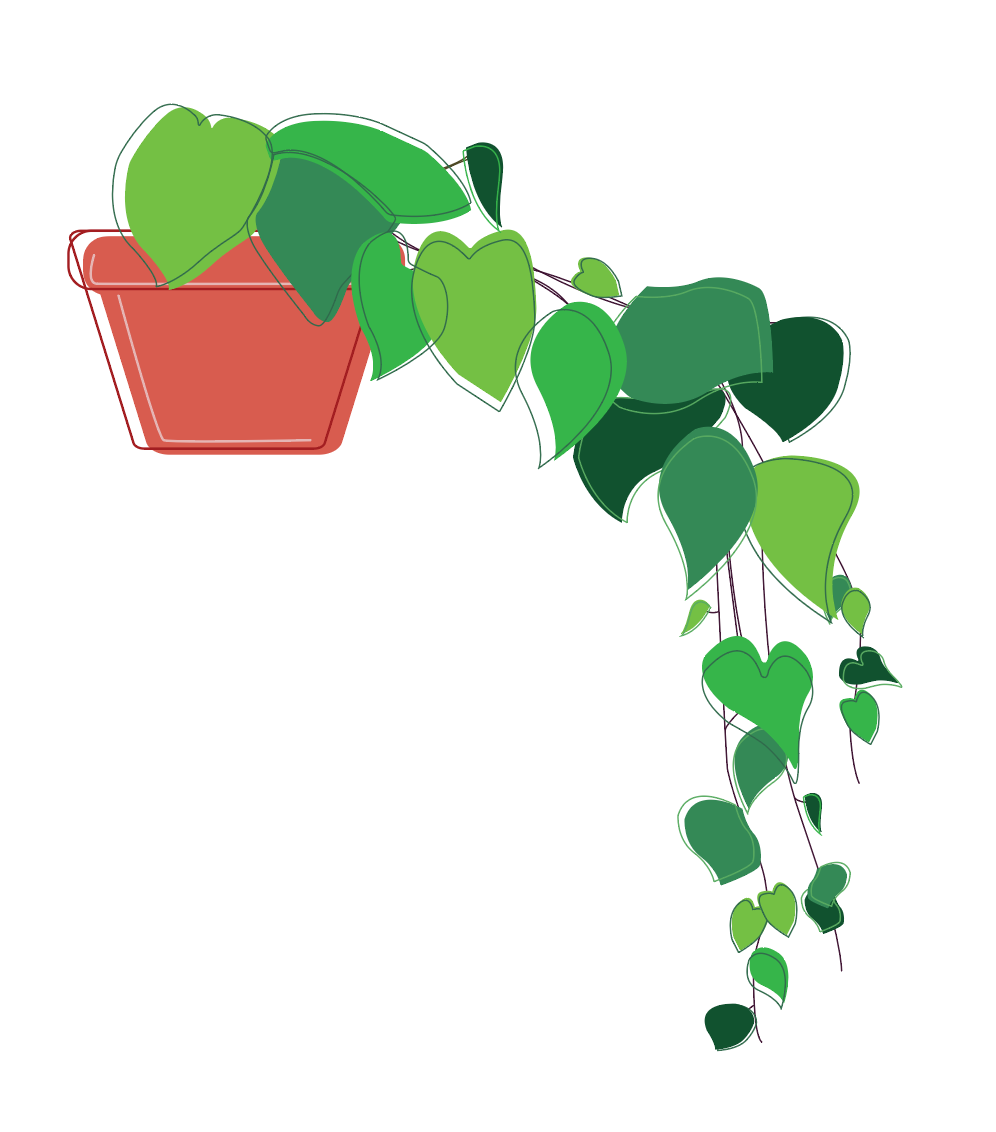Assigned readings that will make you want to hit the books.

After spending hours staring at online articles and the hundreds of pages of assigned reading each quarter, Northwestern classes can sometimes take the joy out of reading. However, mandatory readings don’t have to be boring. Five students shared the most enjoyable books they’ve read for a class. Warning: spoilers ahead.
*Interviews have been edited and condensed for clarity.
The Bluest Eye by Toni Morrison
Brittany Henry, neuroscience major
Class: Introduction to Fiction
Synopsis: This book deals with racism and colorism. The main character, a girl growing up after the Great Depression, is labeled ugly because of her dark skin and her mannerisms. On an impactful passage: In the ending, Pecola talks about having the blue eyes she wanted, and it is a metaphor for her losing her mind while chasing a version of whiteness that she’ll never be able to obtain. Her internalized anti-Blackness, self-hatred and issues at home come together to represent her having blue eyes.
Why someone should read it: It talks about issues within the Black community that are still important today. Also, you get to read Toni Morrison, who is a literary genius. I really liked the way she captured how Black culture talks about specific traumatic issues in the way she points to an issue without explicitly naming it. Like when someone says, “Oh, I have bad nerves,” it’s skirting around someone saying they have anxiety.
Why Are All the Black Kids Sitting Together in the Cafeteria? And Other Conversations About Race by Beverly Daniel Tatum
Jordan Brick, human development and psychological services major; psychology minor
Class: Developmental Psychology; Human Development: Adulthood and Aging
Synopsis: This book deals with how students connect with peers who have the same racial identity and educational experiences as a way of affirming their own identity.
On an impactful passage: Most of the book is about Black students, but there was one chapter about multiracial students, which I related to because of my identity. It was about how those students find it hard to find just one racial group they can relate to in schools and how often one group says, “Oh, you’re not Black enough. You’re not white enough.”
Why someone should read it: Anybody can learn a lot from it, no matter how much you already know about racial identity or teenage development. It’s not just about Black kids. It’s about kids of all different races and different types of schools.
Braiding Sweetgrass: Indigenous Wisdom, Scientific Knowledge and the Teachings of Plants by Robin Wall Kimmerer
Emily Pappin, journalism major; environmental policy and culture minor
Class: Native American Environmental Issues and the Media
Synopsis: This book examines the intersection of Western scientific values and traditional Native ecological knowledge and how the author, a Native woman pursuing a botany degree, has to navigate the two.
On an impactful passage: There is one chapter where she discusses the behavioral science of salamanders in the Northeast but actually manages to make it interesting and draw a conclusion that really resonated.
Why someone should read it: It’s beautifully written and grounded in Western scientific fact but also weaves in the traditional knowledge and the author’s experience as a Native woman in an engaging and beautiful way. Because each section ends with a lesson, you’ll find something in one of the sections you’re really going to like.
The Land of Open Graves: Living and Dying on the Migrant Trail by Jason León
Arudi Masinjila, journalism and legal studies double major; anthropology minor
Class: Porous Borders: Geography, Power and Tactics of Movement
Synopsis: This book chronicles the life-threatening journey of people crossing the U.S.-Mexico border.
On an impactful passage: In one part, the ethnographer Jason De León took a photo of a dead body in the Sonoran Desert as part of his research. He was able to track down the family of the deceased lady. They’re devastated by the death of their mother, sister, friend and auntie, and because they never got to bury her, they said, “Do you have anything of her? Because you’re the last person who saw her out of all of us.” He had the picture, which had caused him so much agony and grief about what he should do with it. He showed them the picture, and that’s all they had to remember her by. That was pretty powerful.
Why someone should read it: It’s the most important book about this issue you’ll read.
Remaking a Life: How Women Living with HIV/AIDS Confront Inequality by Celeste Watkins-Hayes
Maya Glenn, gender and sexuality studies major; sociology minor
Class: Theorizing Black Genders and Sexualities
Synopsis: This book talks about the limitations Black women with HIV experience, and how women who have the diagnosis can make progress in their own lives.
On an impactful passage: The book opens with a line from a woman who says, “If it wasn’t for HIV, I’d probably be dead.” The whole book is dedicated to unpacking that sentence. It really stuck with me because it made me wonder why someone would think this, especially when there was even more stigma when this woman was diagnosed than there is with the disease now.
Why someone should read it: For people interested in activism or people trying to figure out how to relate to this country that is rife with inequality, it’s very real about the inequality and its impact on people, while also pointing out ways to make progress without having to destroy the world.